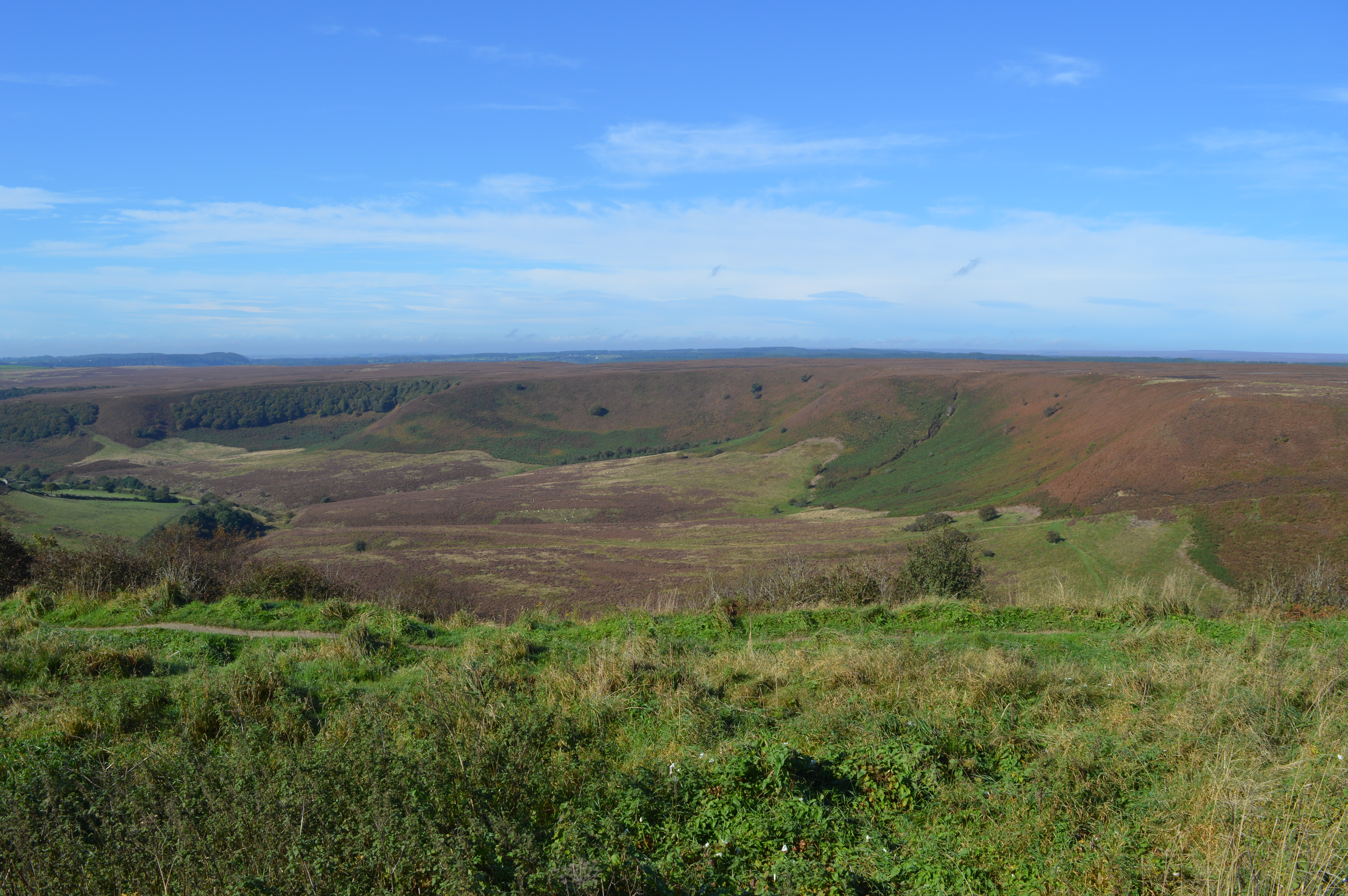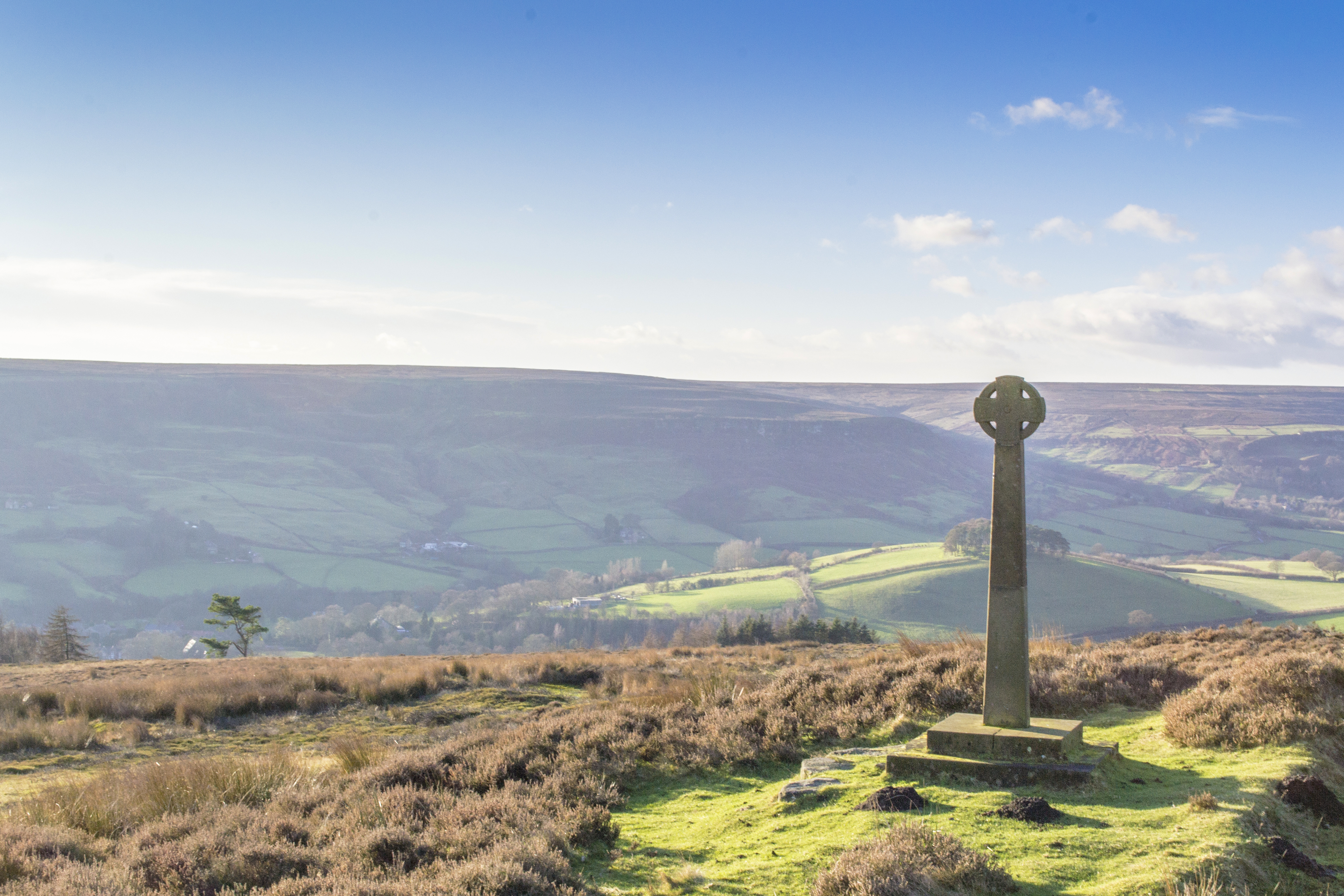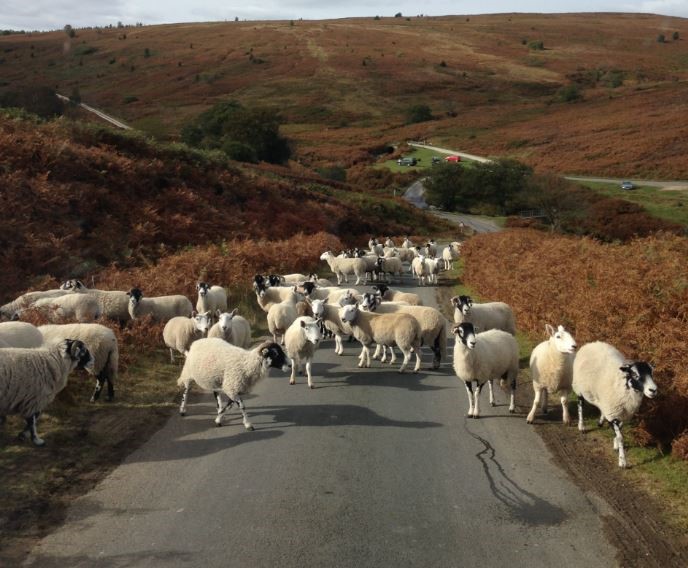Read all about the North York Moors and why you should visit!
The sixth National Park established in Britain is famous all over the world for its expanses of Heather Moorland. Approximately a third of the North York Moors is covered from the western slopes all the way to the cliffs along the North Sea. It bursts into spectacular life during late summer and early autumn where the landscape makes a dramatic transformation and the Heather blooms a vibrant purple. Some clever person worked out that when in bloom, there is somewhere near 3000 million flowers in a sq km. But there is so much more to this area of dramatic landscape than the few months the heather is blooming.

This 554sq miles of countryside is considered one of the most varied in the country, a third is made up of the heather moors that are dissected by deep cut glacial valleys which host drystone wall lined pastures at the foot of the heather clad hills. Running through these valleys are tree lined river beds and ancient forests, whose descendants date back 10000 years or more to the end of the last ice age.
.JPG.aspx)
There is a 30 mile stretch of Jurassic and Heritage coast line running along the eastern edges of the park which bear the wear and tear of hundreds of years of a mining industry. There are charming towns such as Pickering and quaint little villages like Robin Hoods Bay, naturally they all have their own little stories to tell.

The National Park is also rich in history, from the earliest settlers in the area 10,000 years ago through prehistory to modern times. The Beaker people, the Briganti tribes, the Roman era, the Saxon, Viking and Norman invasions through to industrial Britain, everyone has left a mark in the landscape. There are over 12000 archaeological sites within the park boundaries ranging from thousands of burial mounds, prehistoric barrows, ancient stone crosses, standing stones and ruins of historic abbeys and castles, 800 or so of these sites are scheduled monuments and have special protection. They all tell the story of The North York Moors as different cultures manipulated the landscape for their own needs.
The lasting legacy of our ancestors that is most easily spotted is farming, specifically sheep farming. There are still hundreds of sheep farmers and hundreds of thousands of sheep that call the North York Moors home. More often than not you will find them nibbling the grass verges as you wind your way through the ancient moor top passes, come in early spring to spot the youngest lambs gambolling over the heather just days after being born.

Along the edges of the North York Moors you find charming market towns such as Helmsley which is thought to date back to Neolithic times (3000BC). It is the only true market town in the North York Moors and its charter dates back to the end of the 12th century. Surrounding the market place are a selection of pleasant independent shops, traditional pubs and busy tea rooms. Head to the Royal Oak for a great local Ale, Porters Café for a friendly welcome and energy boosting coffee or Thomas’s for the best sausage rolls since, well since my Grans back in the 1980’s (do not get lulled into buying the 3 for 90p option, spend a little more on the big black pudding and pork sausage rolls, it’s worth it).
Head into the Moors and you are greeted with stunning views of the heather moors and interspersing valleys. Depending where you are in this vast wilderness and the tour guides nemesis, the weather, you can see unrivalled views across Yorkshire. The North Sea is visible between the hills in an arc stretching from the North to the East. On the western edges of the moors you can spot Yorkshires other National Park, The Yorkshire Dales. Looking south you can see past York to the Power stations south of the counties capital some 50 miles away.